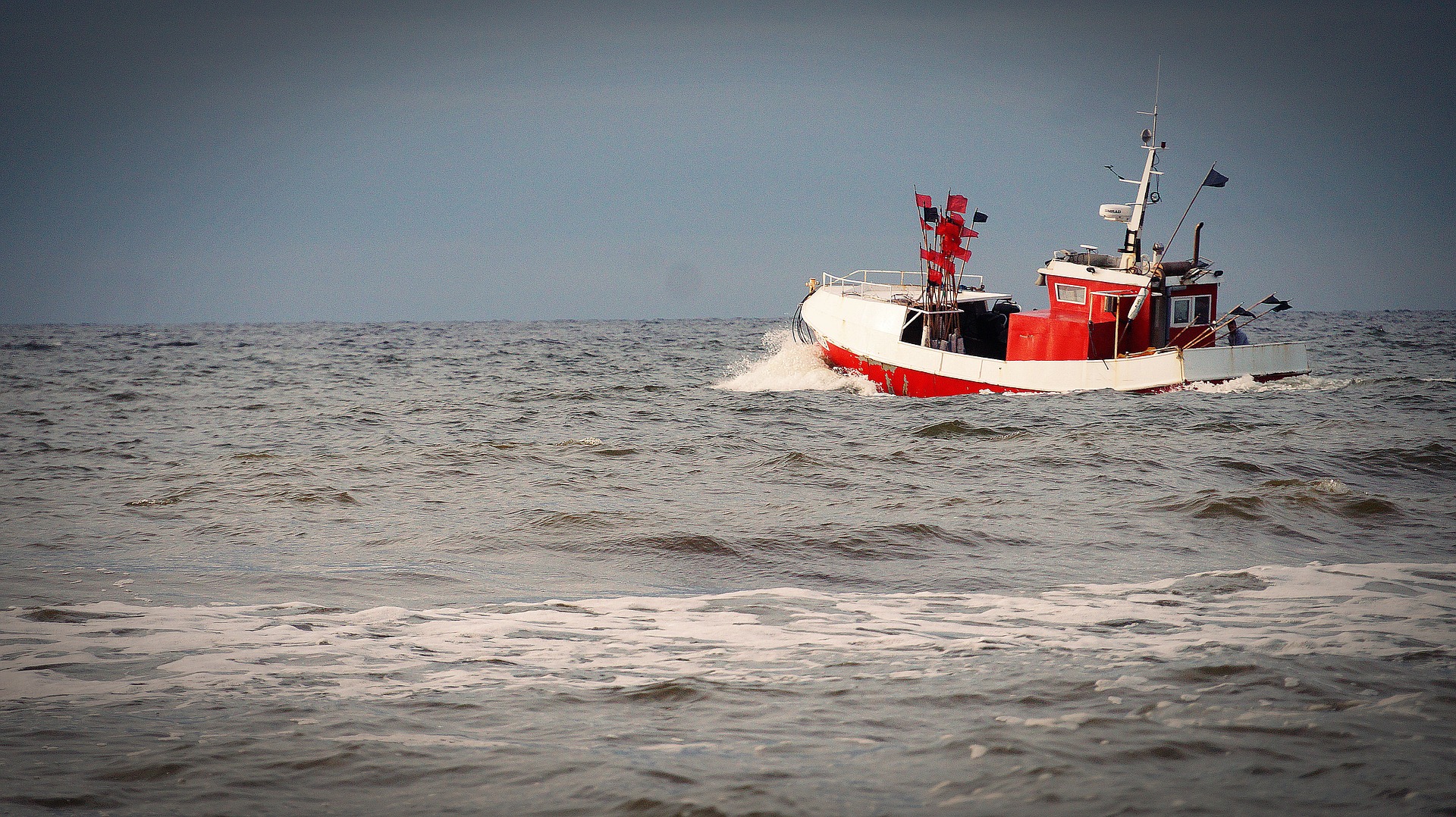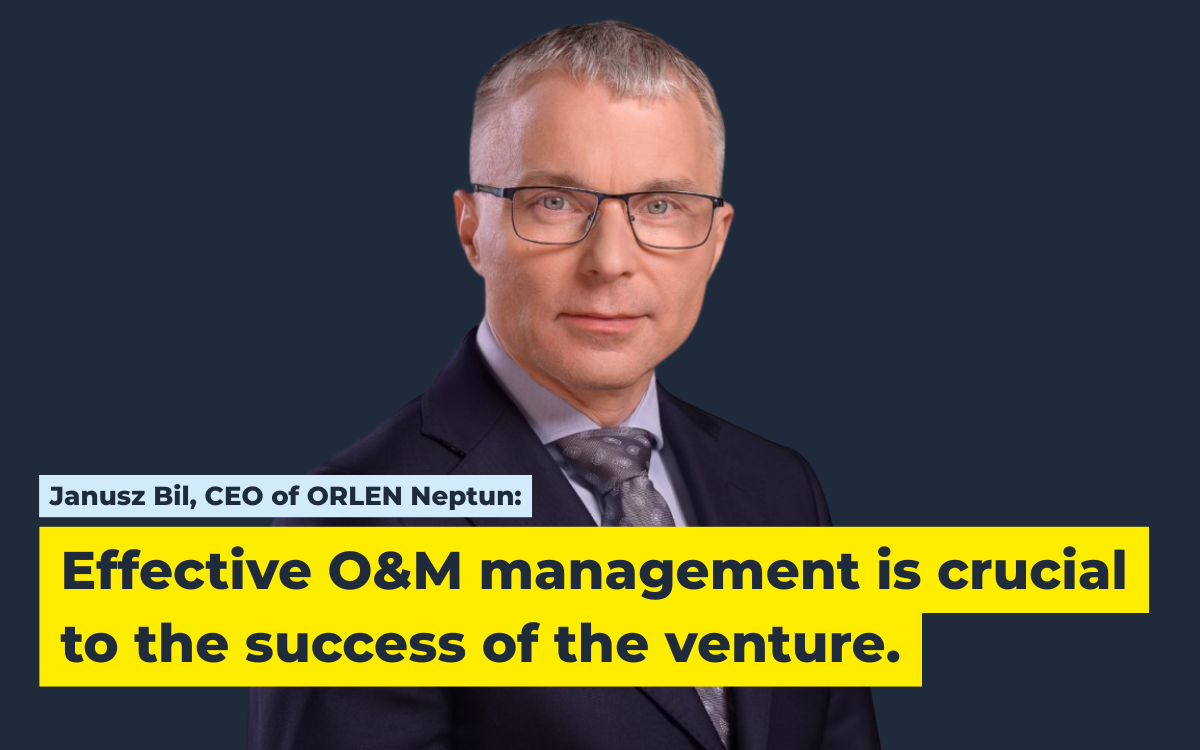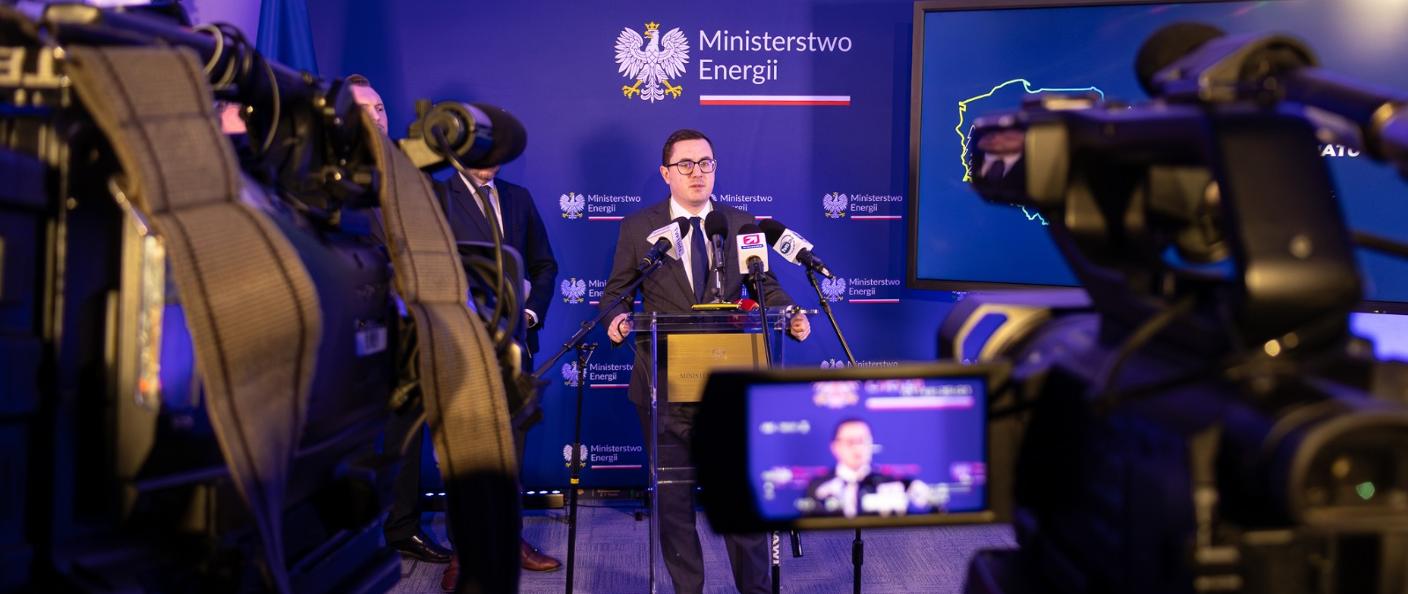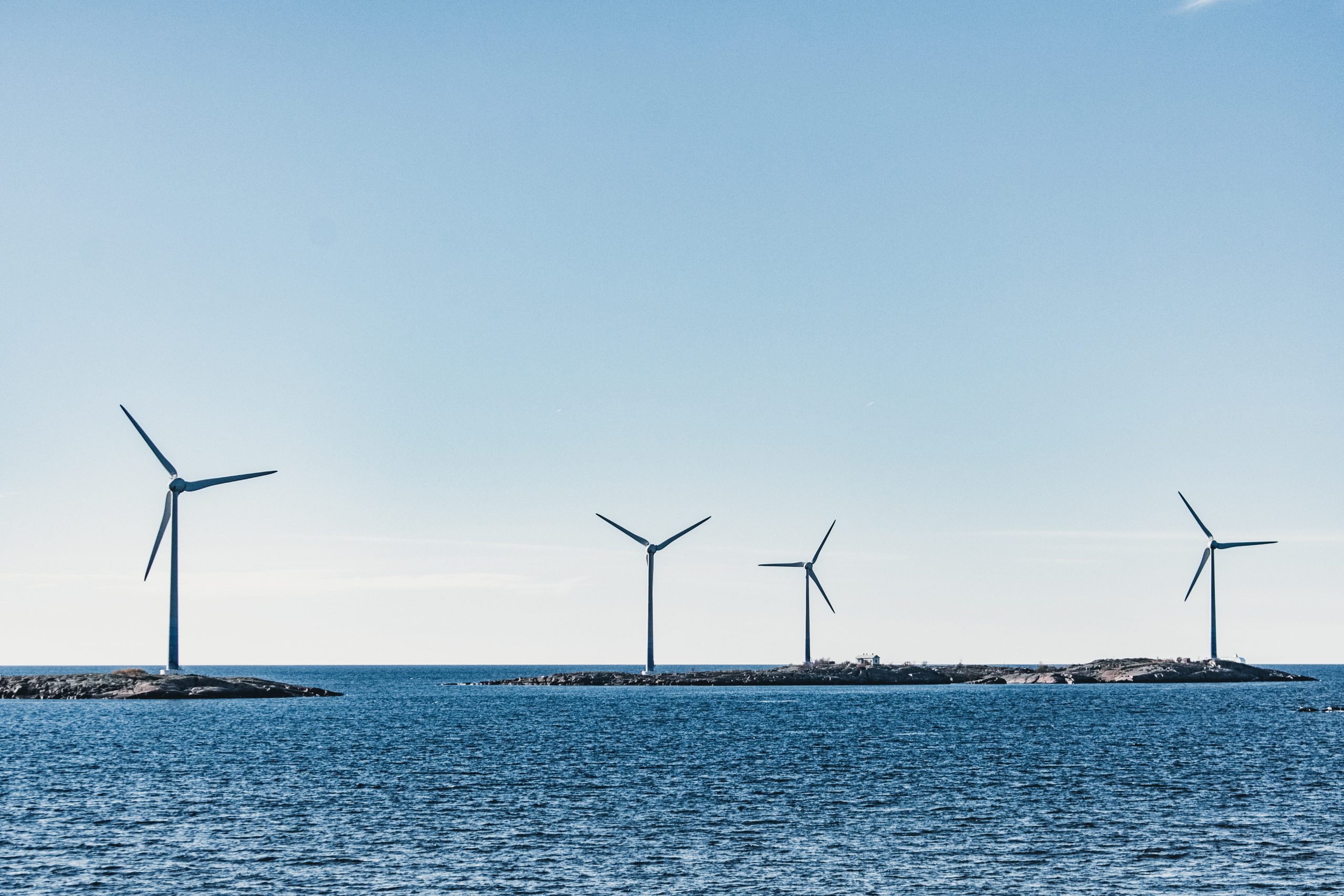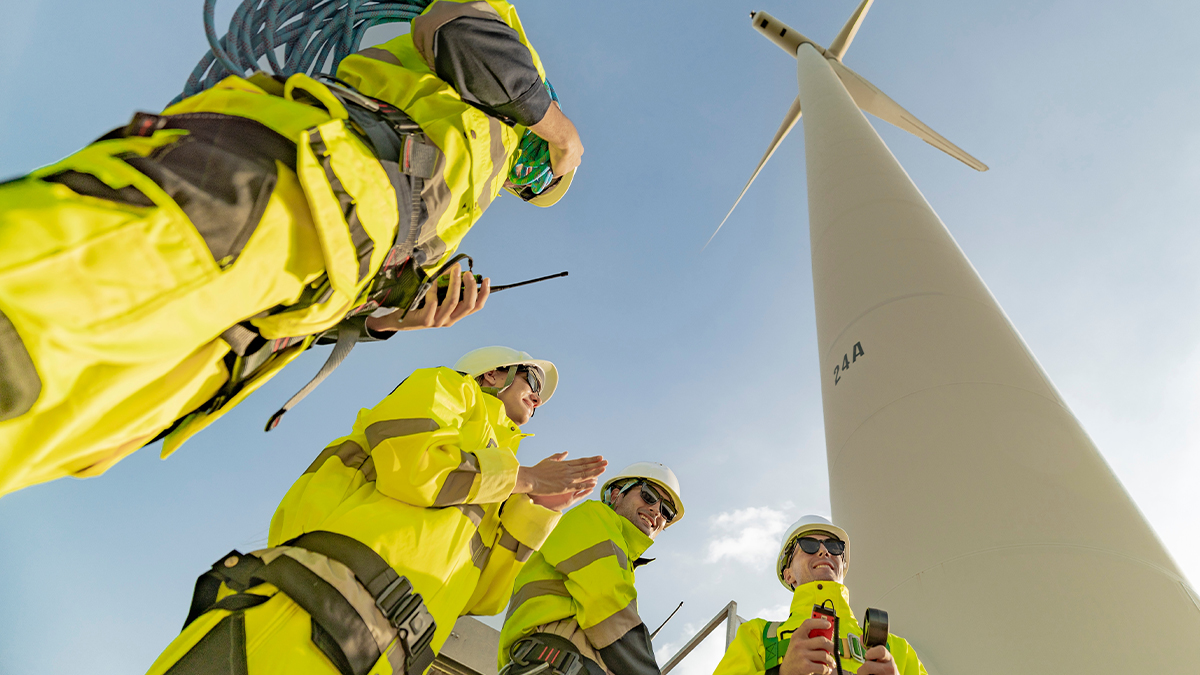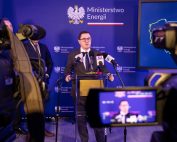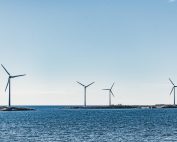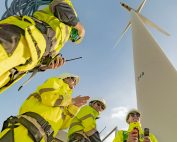In May, the Estonian government presented to the public the offshore development project for evaluation. Mart Undrest, the head of the Estonian Fishermen’s Association, referred to the plans for the development of offshore energy in the Estonian media. They are afraid of destroying fisheries.
In May 2021, the Estonian Ministry of Finance presented to the public the maritime spatial development plan. As we read on the ministry’s website, the aim of the document is to agree on the principles of using the Estonian sea in the long term, while maintaining the current state of the marine environment and promoting the economy. Comments to the plan could be submitted until March 18 this year. Work on the document began on May 25, 2017. The preparation of the plan and its impact assessment are organized by the Ministry of Finance in cooperation with a team of consultants and experts. Minister of Public Administration Jaak Aab said that many things could happen at sea in the future.
– Somewhere you have to find a golden mean for traditional fishing, algae and crustacean farming, electricity production and other activities at sea – said the minister.
Offshore wind energy development plans are worrying fishermen in Estonia.
Mart Undrest, the head of the Estonian Fishermen’s Association, referred to the presented document and the plan for the development of offshore wind energy in Estonia in the pages of PostTimees. Fishermen criticize the document for being insufficient in terms of environmental impact studies. It is clearly stated that offshore wind turbines can harm fisheries and therefore the identity of the fishing environment is at stake. Wind farms planned in the Gulf of Riga threaten to close access to traditional fisheries, especially for herring.
Mart Undrest is particularly concerned about the lack of research into the effects of wind farms on fish. Wind farms can interrupt, slow down or reverse migrations, which in turn can have a large impact on reproduction and the abundance of fish populations. The Estonian Fishermen’s Association does not want to oppose wind farms as it understands that Estonia needs to invest in renewable energy to achieve its climate goals. ‘However, when planning
a common maritime area, we must consider all the parties involved and find solutions that will satisfy everyone,’ emphasizes the representative of the fishermen’s association. Fishing has been an important source of livelihood for coastal communities in the past and continues to provide for many Estonian families. Moreover, Mart Undrest calculates that tourism and gastronomy depend on fishing in coastal areas.
The value chain in the fisheries sector is not limited to ships and fishermen. Almost 2,000 people are employed full time in fisheries, aquaculture and fish processing. – The area of the proposed wind farm in the Gulf of Riga covers 97 percent of the fishing area. If the wind farm is built, fishermen will have to look for new fisheries, which will eat up a lot of resources and could lead to the abandonment of traditional fishing ports, notes Mart Undrest in
a commentary for PostTimees.
According to the Estonian Fishermen’s Association, offshore renewable energy production is only sustainable if it does not harm the environment and local economic and social cohesion.
Source: Rahandusministeerium (Ministry of Finance), Postimees
